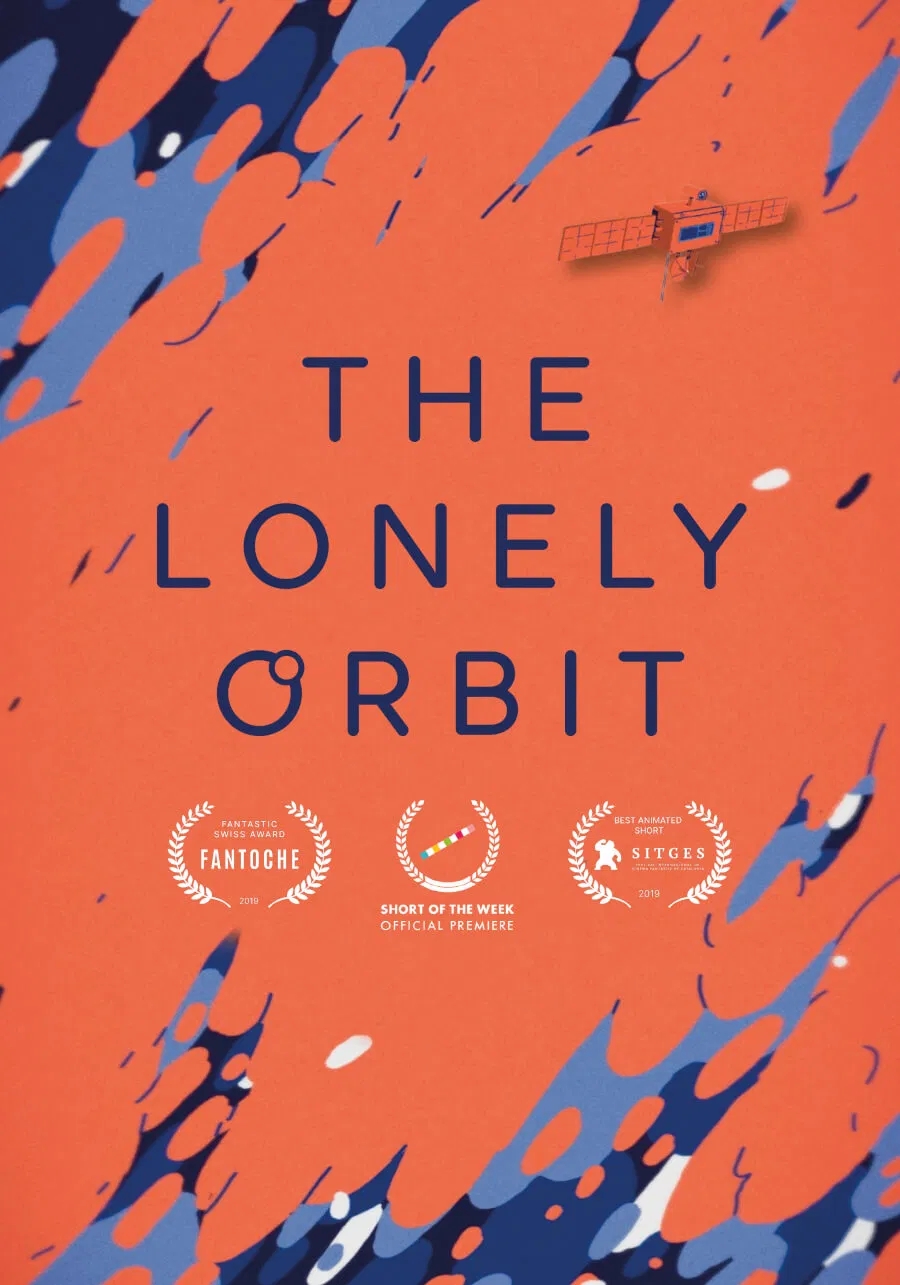Story
Directed by D.W. Griffith in 1916, this highly ambitious silent film attempts to illustrate the theme of intolerance through four distinct but thematically linked narrative strands. The film cuts between four stories: "The Modern Story," which takes place in the early 20th century and deals with social reformers interfering in the lives of ordinary workers; "The Judean Story," which chronicles the crucifixion of Jesus; "The Medieval Story," which revolves around the St. Bartholomew’s Day massacre in 16th-century France; and "The Babylonian Story," depicting the fall of the city of Babylon. These stories are woven together with the recurring image of a woman, portrayed by Lillian Gish, rocking a cradle.D.W. Griffith, hailed as one of the pioneers of early cinema, used this film as a redemptive response to the controversy arising from his previous work, The Birth of a Nation, which had been criticized for its racist portrayal of African Americans and glorification of the Ku Klux Klan. With this epic undertaking, Griffith sought to counter critics by demonstrating the destructive effects of intolerance across different periods and cultures. The film’s sprawling sets, particularly those of ancient Babylon, were groundbreaking in their scale and detail, showcasing Griffith’s ability to conjure epic visuals.The film stars a number of notable actors from the silent era, including Lillian Gish, who famously appears as the Eternal Mother, Mae Marsh, who plays the suffering protagonist in "The Modern Story," and Robert Harron. Although the film did not achieve significant commercial success at the time, its pioneering narrative technique of cross-cutting between parallel storylines has since been recognized as innovative. Over the years, it has received critical acclaim and holds a significant place in film history for its ambitious narrative structure and technical accomplishments.


















